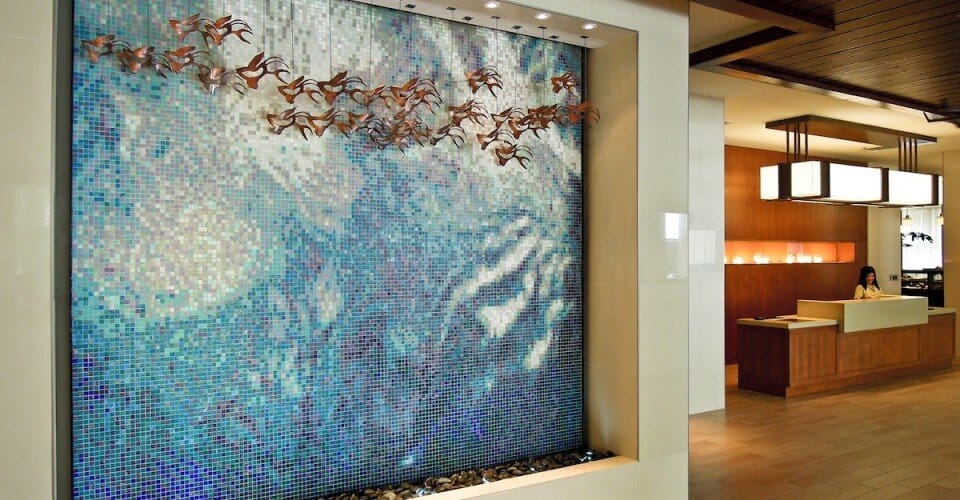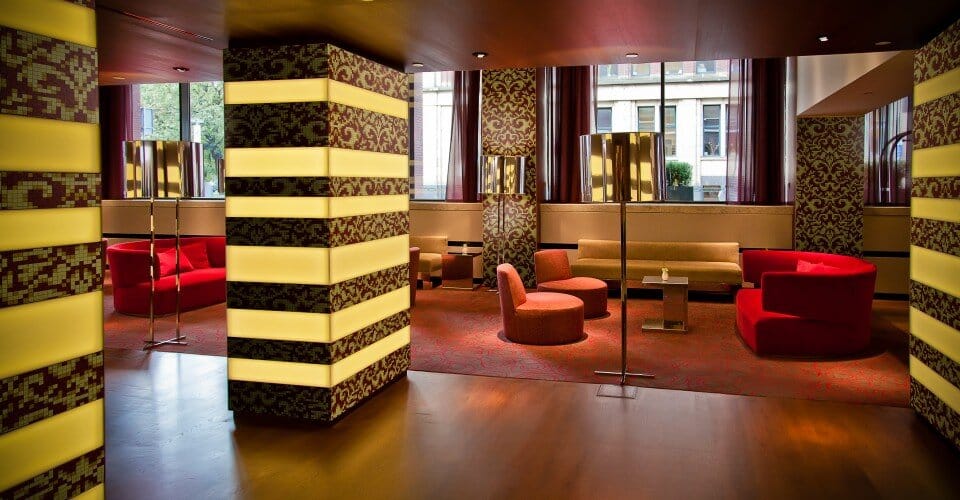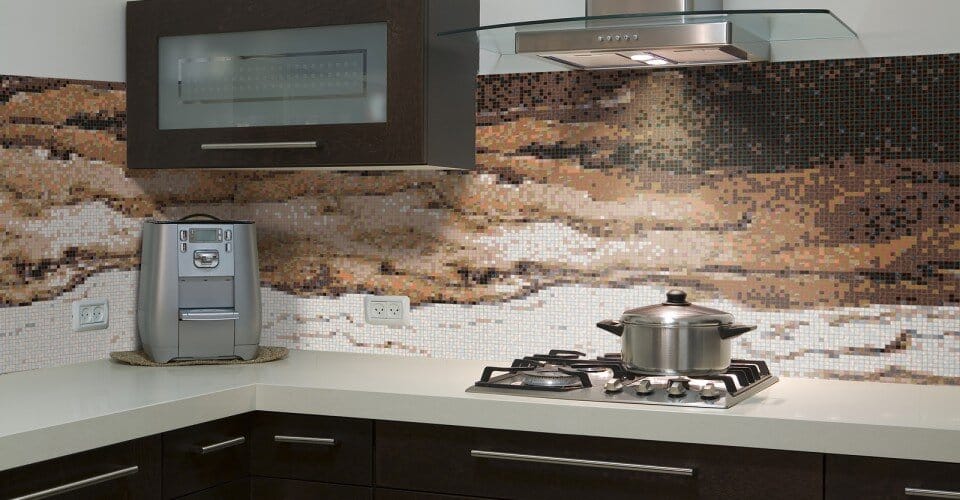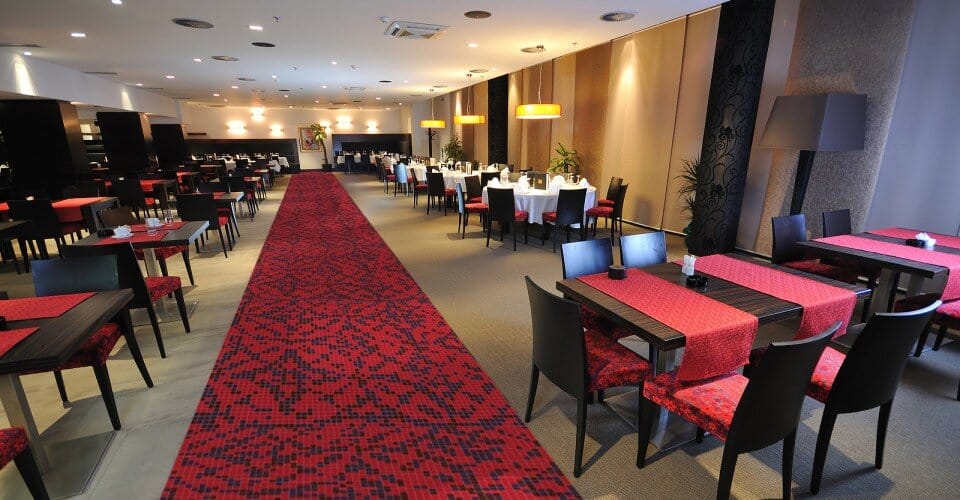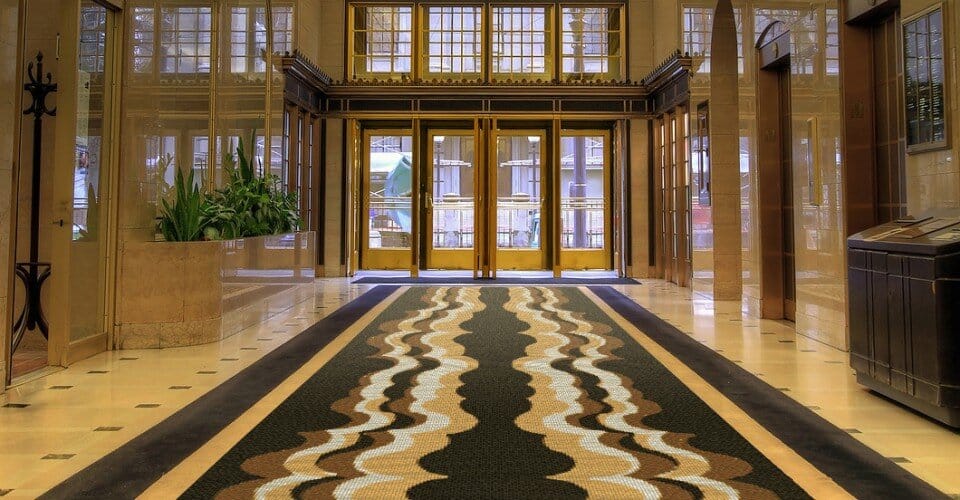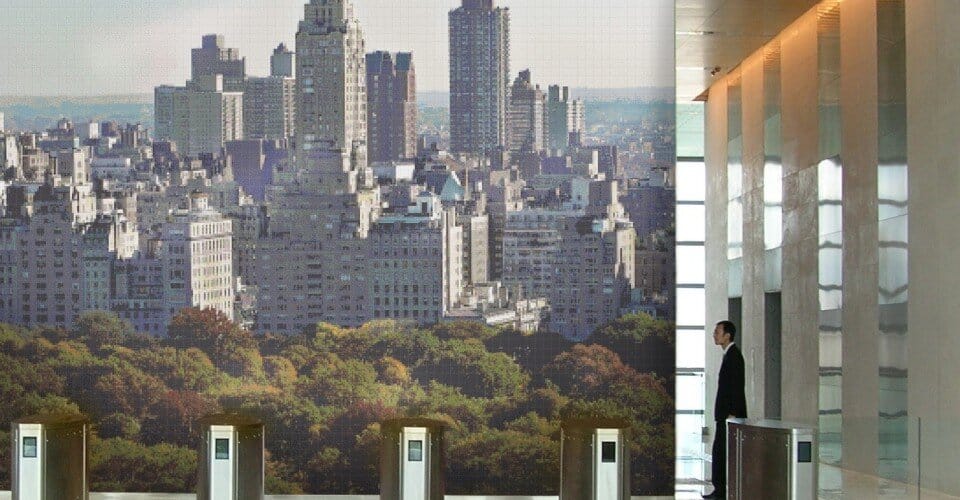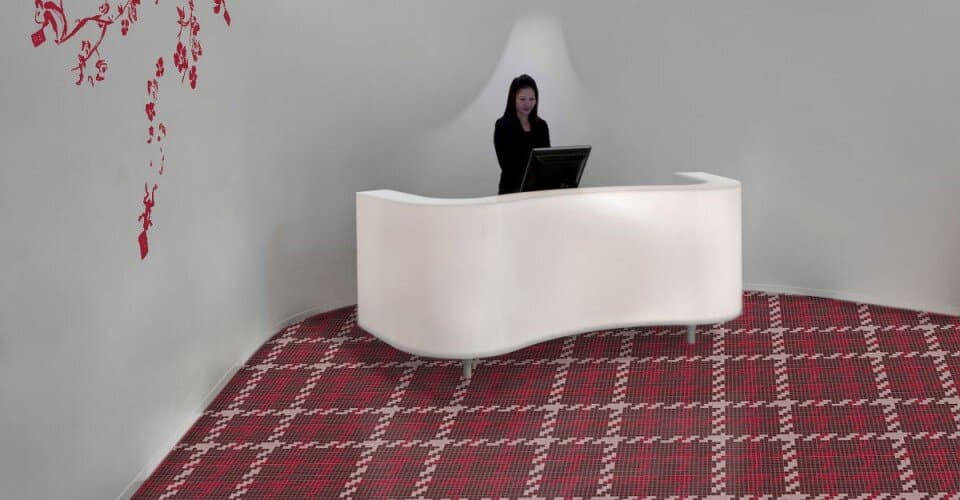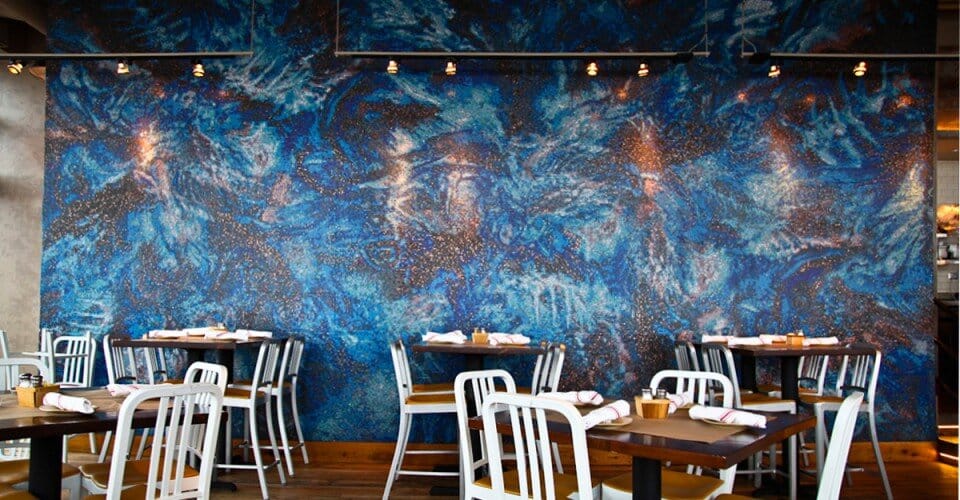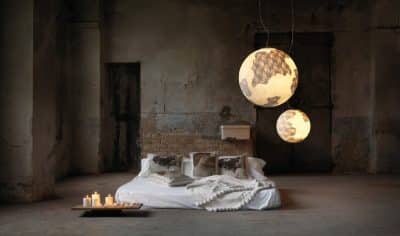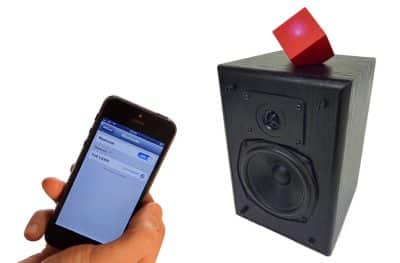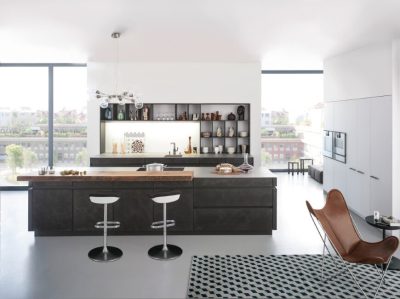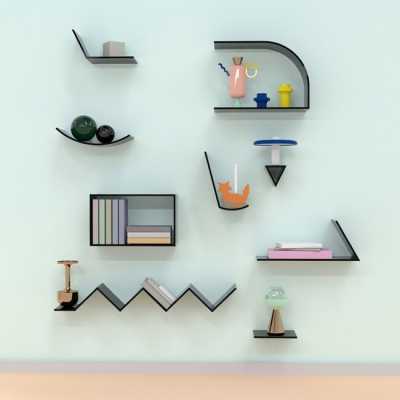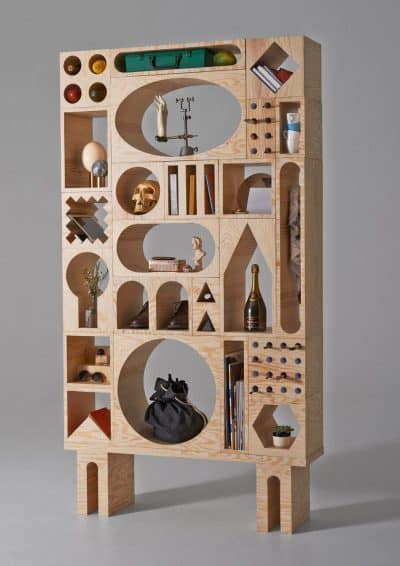What is mosaic? The mosaics were very popular and desired in the past. They had a consistently large appreciation because they ennobled and gave value to a house. To which, in time, was added an intrinsic historical value that gives to this decorative technique a touch of classicism and aesthetic elevation.
How did this technique evolve? How to make a mosaic? It seems that the modern technology has entered in this field and the projects realized by the Artaic company from Boston, USA are proof of this fact. Artaic combines this form of art with the modern technology in order to create personalized mosaics from the most diverse.
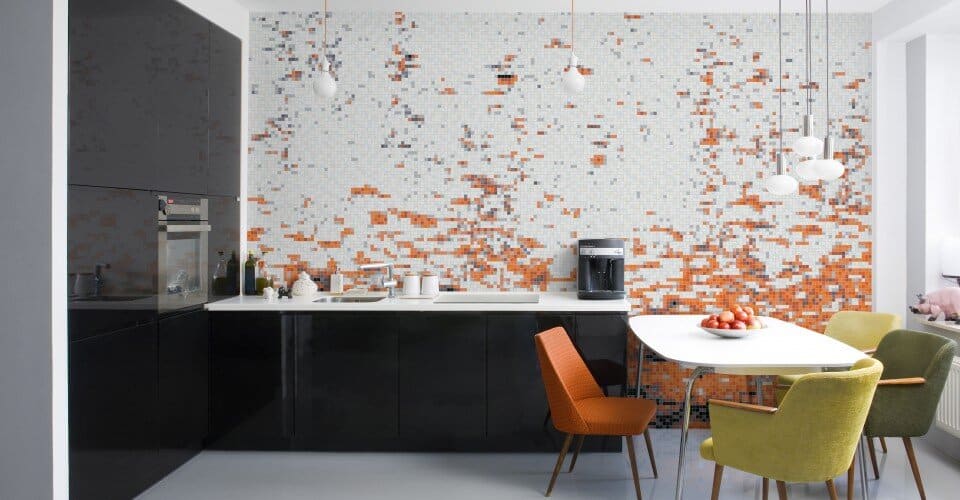
These mosaics can be produced starting from a given image, the limit being the imaginative data. Nowadays, the modern technology is making more sophisticated and also more accessible mosaics. It is enough to choose a digital image, the type of tile you desire, colors, sizes and a software will present you several versions to choose from.
The fabrication system is robotic, assembling custom mosaics more accurately and in a very short term. Basically, a pick-and-place robot, based on a design realised by a specialized software, takes plates of different colors and places them on a standard polymer. This polymer, on which the mosaic was made, is delivered to the customer.
Grout is applied on the mosaic wall, the polymer is bound and the grout is allowed to dry. The robot works with a speed of 10 times faster than a human, if the human would do the mosaic in the traditional way. Also, the costs go down in value from 200 – 400$ using conventional methods to 20 -140$ using the robot. A mosaic can be mounted on the ceiling, floor or wall and it can aesthetically turn any room, whether it is a bathroom, a kitchen, a hotel lobby or restaurant. I have selected several images from different locations, with mosaics made by Artaic.


